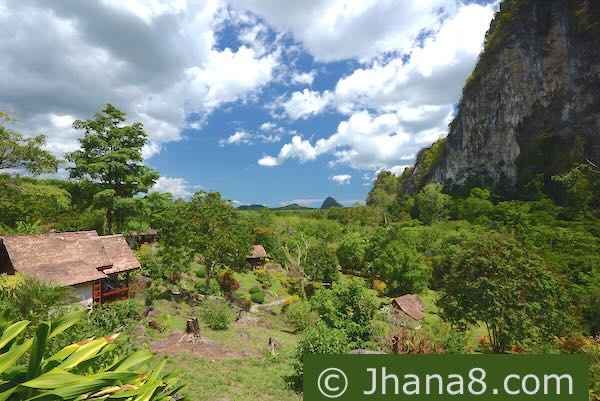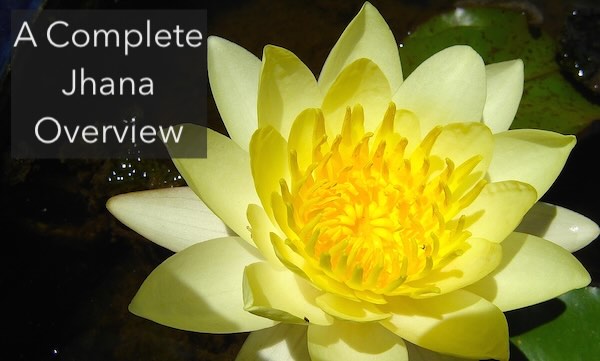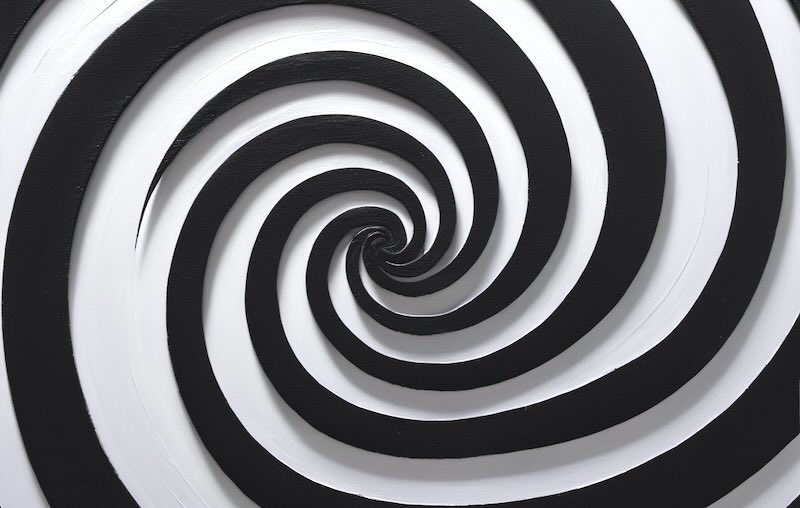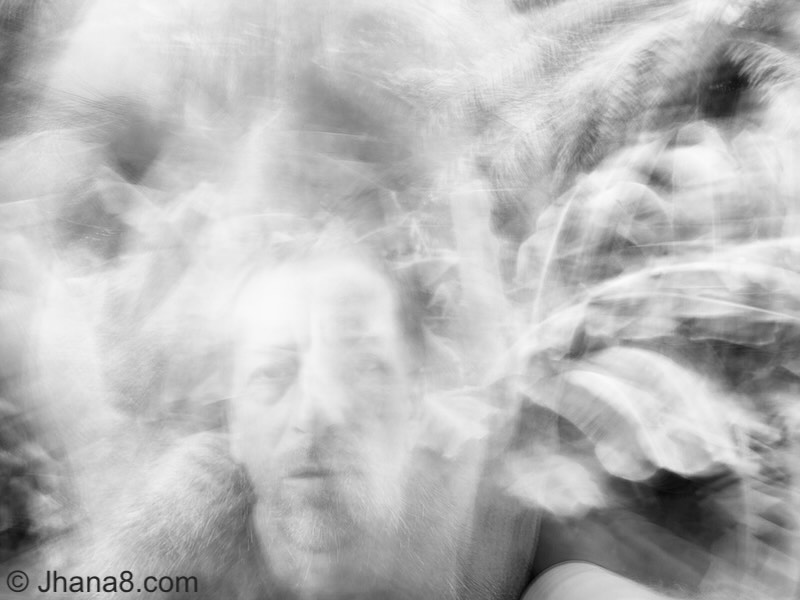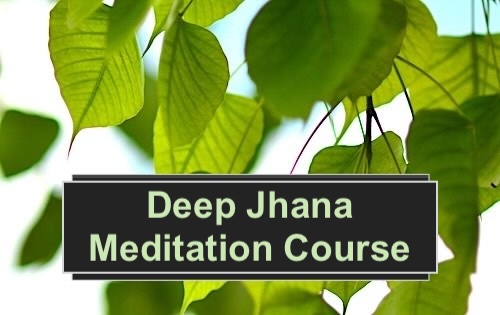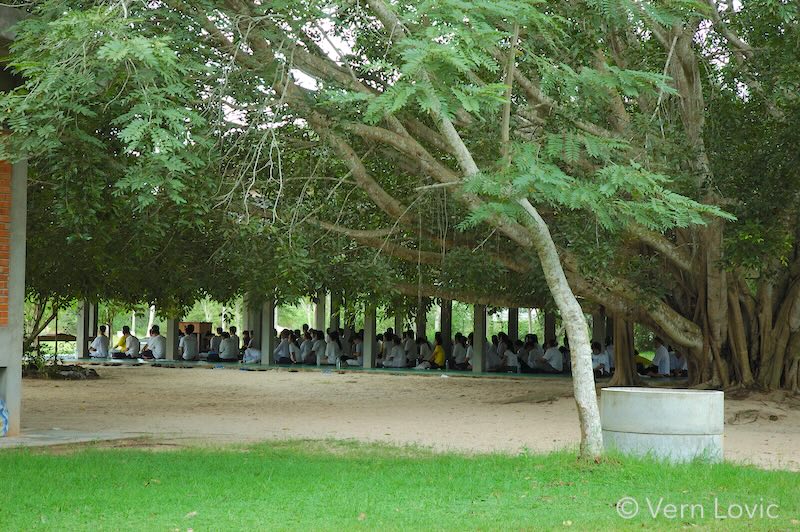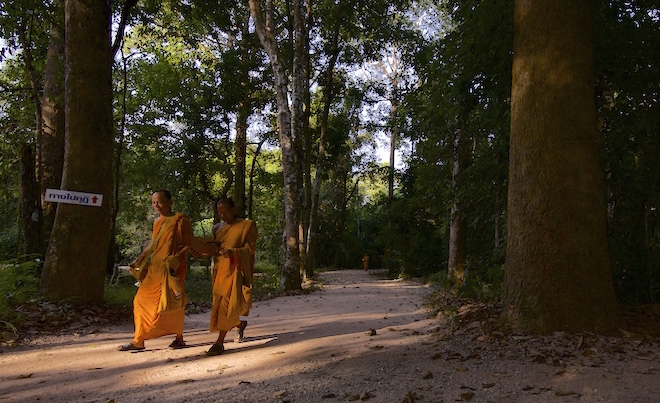Thailand Deep Jhana Meditation Retreat
5-Day Deep Jhana Meditation Retreats in Krabi, Thailand This is a brand new Thailand meditation retreat in Krabi, Thailand to be held in December 2024 and 4 other dates in 2025. This retreat is 5 days (4 nights) and is held at a wilderness resort at the base of the Khao Phanom Mountain range in … Read more

